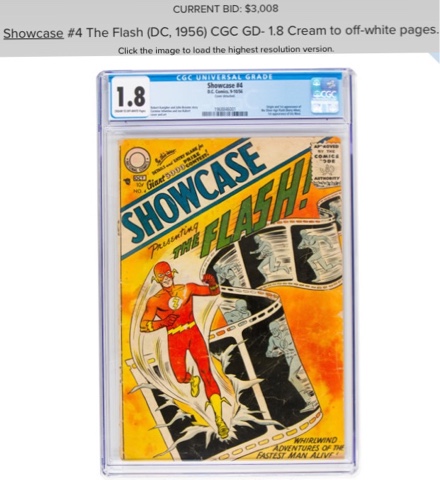I forgot that I had these "restrikes," printed from the actual etching plates of Rembrant, Whistler, and Renoir. They went for "bupkis" in my auctions -- less than $40 each. Obviously, not trashy enough. Good taste doesn't sale. The "Charlie Tuna principle"...
"...I had been accustomed to thinking of Rembrandt etchings as quarter-million-dollar commodities.
How come these were so cheap?
From Craig Flinner, an art gallery owner, I learned that the etchings offered for sale were not made during Rembrandt's lifetime but rather were later impressions printed anywhere from 100 to 150 years after the master's death.
Because the printing process gradually erodes the clarity of etched images, later engravers had had to rework the original copper plates that Rembrandt made. These reworkings subtly (and sometimes not so subtly) changed Rembrandt's lines and altered the delicate interplay of light and shadow for which he was famous.
Etchings made during Rembrandt's lifetime and under his supervision indeed sell for between $200,000 and $300,000 today, Flinner said. Images from the same plates 50 years later sell for slightly less.
But for more recent printings, the price drops precipitously. Flinner says he has sold some 20th-century Rembrandt 'restrikes' for as little as $400.
'A serious collector of Old Masters probably wouldn't want those impressions,' he said.
'The people who buy them are mostly general collectors of old prints who want to say they have a Rembrandt in their collection.'
Still, I have not completely abandoned my original feeling that I had found a bargain. Flinner's comments just made me think more deeply about what is called 'authenticity' in art and how it is valued.
The Rembrandts in Flinner's gallery, for example, may be later impressions of the master's work, but they are supremely beautiful nevertheless."









































